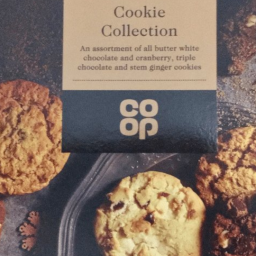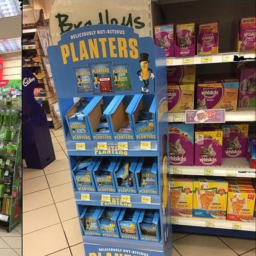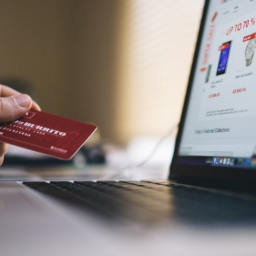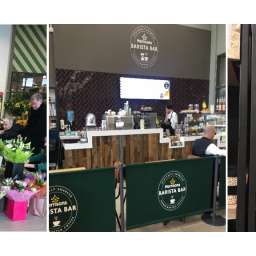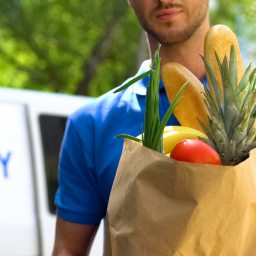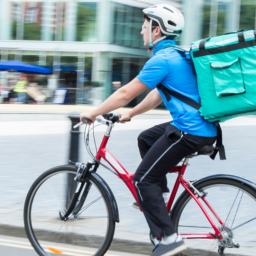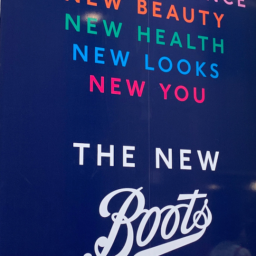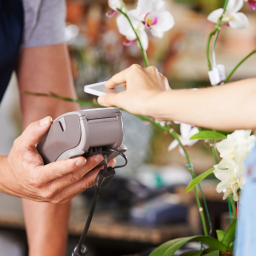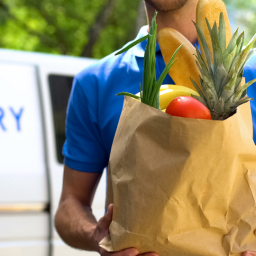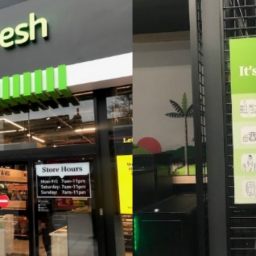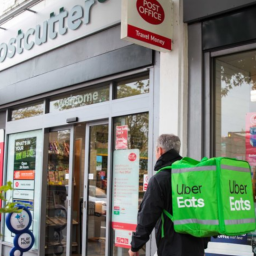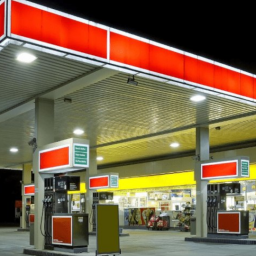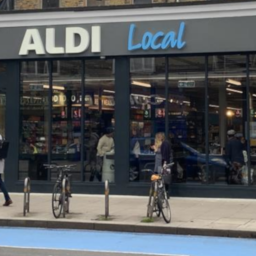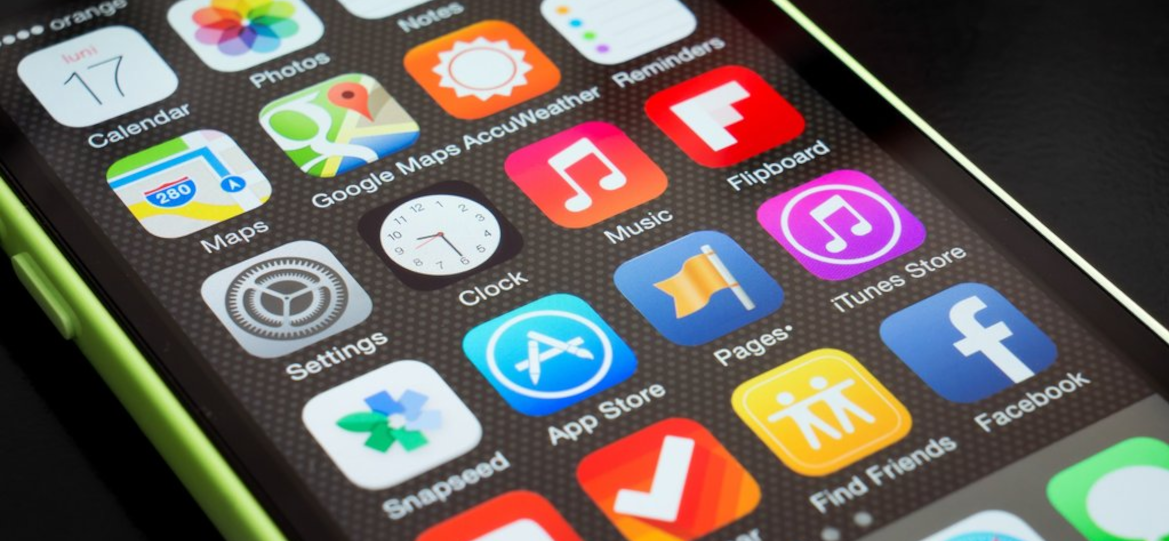
“There’s an app for that”, a phrase that has become increasingly common as we immerse ourselves in a world where everything needs to be one click away and now. Smart phone ownership in the UK has leaped from 52% to 81% in 4 years, with levels expected to rise an additional 2-4% in the following 12 months. With users spending 90% of their time on apps compared to the mobile web, what benefits can they offer shoppers and what impact could it have on the convenience channel?
On average, the active app user is younger, which is likely due to millennials growing up in an age of technology. Only half of 16-24 year old convenience store shoppers consider themselves loyal to a particular tore, compared with two thirds of those aged 55+. With this age group seemingly more attached to their mobile, there is an opportunity for convenience stores to use mobile apps to gain their loyalty. For example, 16-24 year olds are buying hot drinks to go more frequently than other age groups. A hot drink to go loyalty app could tap into this behaviour and potentially drive footfall.
This report looks at why apps are important in convenience, who the app user is, the barriers they face, functionalities they desire as well as usage levels and performance.
In terms of performance, loyalty and voucher apps tend to perform best in terms of awareness to download ratio – retailers and suppliers should consider this when developing apps, as shoppers are more likely to download and remain engaged if they have something to gain. Therefore, when trying to create a successful app, functionalities should include but not be limited to loyalty points, prizes and promotions.


